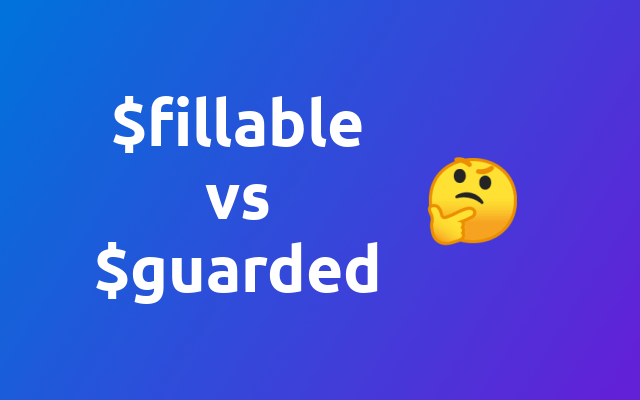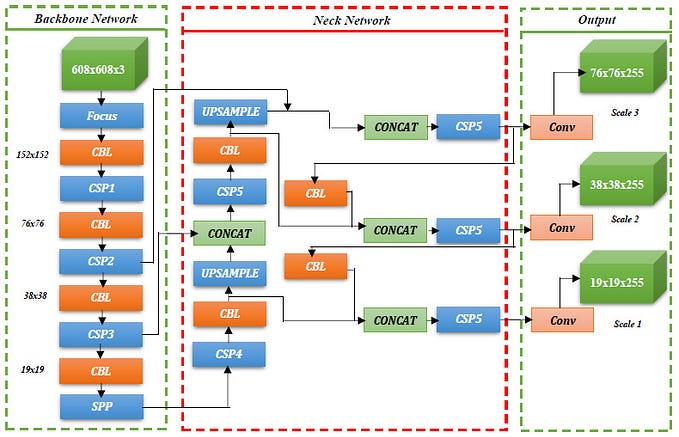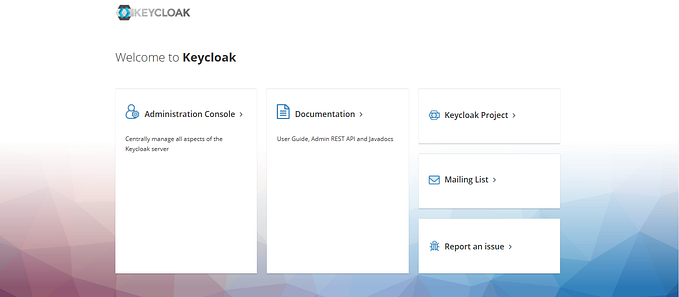FillFillable vs Guarded in Laravel: Comprehensive Guide to Securing Your Models
In the realm of Laravel development, securing your models against mass assignment vulnerabilities is paramount. Laravel provides two powerful attributes, fillable and guarded, to manage mass assignment. This article explores their differences, benefits, usage, and how they contribute to the security of your web applications.

Understanding Fillable and Guarded
Fillable
The fillable attribute is used to define a whitelist of attributes that are mass assignable. This means only the attributes specified in the fillable array can be mass assigned.
class Post extends Model {
protected $fillable = ['title', 'content', 'author_id'];
}Guarded
Conversely, the guarded attribute defines a blacklist of attributes that are not mass assignable. Any attribute not listed in the guarded array is considered mass assignable.
class Post extends Model {
protected $guarded = ['admin_only'];
}Benefits and Usage
Fillable
- Security: By explicitly listing assignable attributes, developers can prevent unauthorized changes to sensitive fields.
- Clarity: A clear list of assignable attributes makes the code more readable and maintainable.
- Granularity: Offers precise control over which fields are allowed for mass assignment.
Guarded
- Convenience: Easier to manage when most attributes are mass assignable, and only a few need protection.
- Efficiency: Simplifies the model definition by specifying only the non-assignable attributes.
- Security: Protects critical fields from being unintentionally assigned.
Drawbacks
Fillable
- Upkeep: Needs continuous updates as the model evolves, which can be burdensome.
- Risk: Missing attributes in the
fillablearray can cause incomplete data assignments.
Guarded
- Vulnerability: If not carefully managed, new attributes added to the model may be mass assignable by default, increasing security risks.
- Complexity: Handling a large number of guarded attributes can be challenging and error-prone.
Avoiding Vulnerabilities
Fillable and Guarded attributes are crucial for preventing mass assignment vulnerabilities. By specifying which attributes can be mass assigned, developers can protect sensitive data from unintended modifications.
However, if these attributes are overlooked, additional methods include:
- Explicit Attribute Assignment: Manually set attributes within your controllers or services to avoid mass assignment.
- Request Validation: Leverage Laravel’s form request validation to sanitize and validate input before it reaches the model.
- Role-Based Access Control: Implement role-based access control to restrict attribute modification based on user roles.
- Middleware: Utilize middleware for additional security layers, ensuring data integrity and validation.
Conclusion
By mastering fillable and guarded attributes, Laravel developers can secure their applications against mass assignment vulnerabilities, ensuring robust and maintainable codebases. Embracing best practices, such as explicit attribute assignment and request validation, adds additional layers of protection, making your web applications more resilient and secure.
Thank you for reading this article. I hope you found it insightful and valuable. Feel free to share your thoughts and experiences in the comments section. Happy coding!










